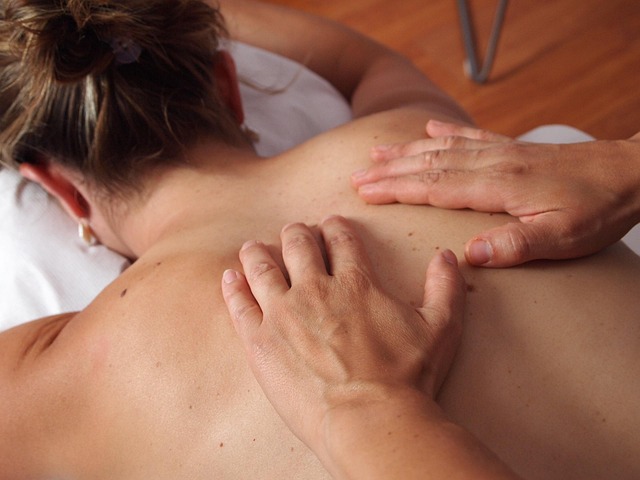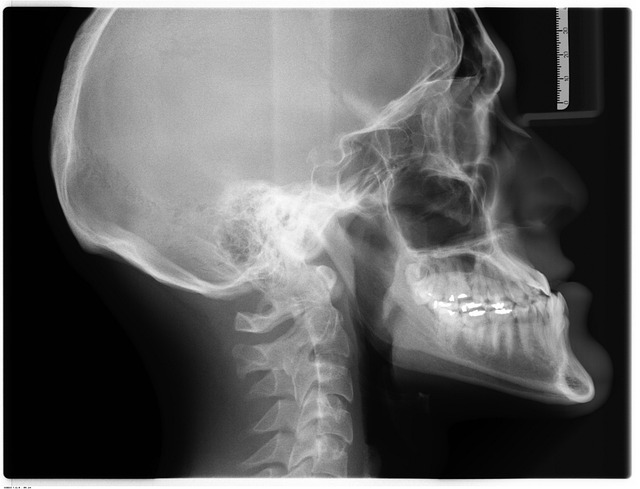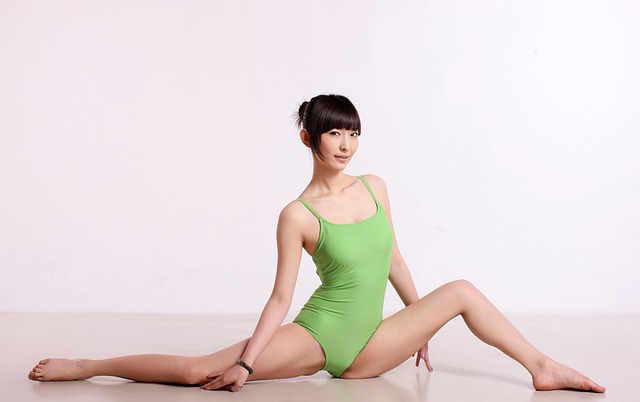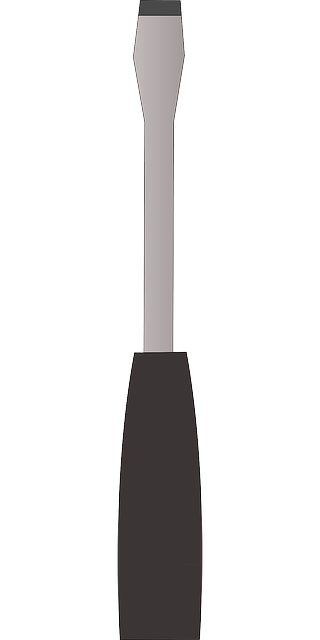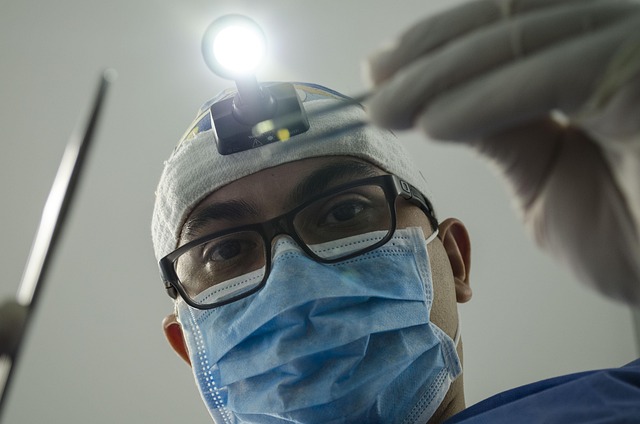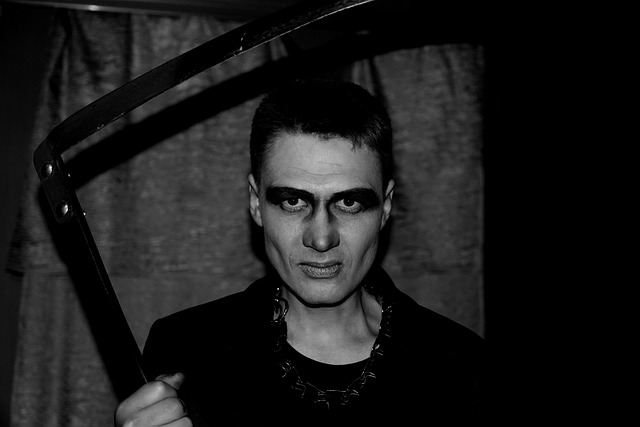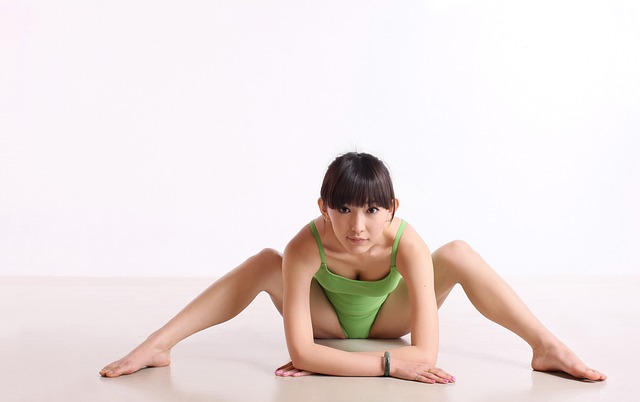Slouching and rounded shoulders, caused by factors like prolonged sitting, incorrect lifting, emotional stress, muscle imbalances, or past injuries, lead to various health discomforts. Corrective chiropractic care offers a natural solution, focusing on spinal alignment and overall well-being. This holistic approach, specializing in postural rehabilitation after accidents, alleviates tension, improves mobility, and prevents future complications through manual adjustments and personalized exercises. Maintaining good posture is crucial; regular exercise, yoga, Pilates, ergonomic environments, and breaks can help, with expert guidance from a corrective chiropractic specialist for targeted treatment.
Slouching and rounded shoulders are common postural issues that can lead to various health problems. This article explores the causes, effects, and solutions for these conditions, focusing on the role of corrective chiropractic care in postural rehabilitation after accidents. We’ll also provide practical tips for maintaining good posture and preventing future issues. For those seeking relief from slouching or rounded shoulders, understanding the options available—including corrective chiropractic for postural issues after accidents—is essential for improving overall well-being.
- Understanding Slouching and Rounded Shoulders: Causes and Effects
- Role of Corrective Chiropractic in Postural Rehabilitation After Accidents
- Tips for Maintaining Good Posture and Preventing Future Issues
Understanding Slouching and Rounded Shoulders: Causes and Effects
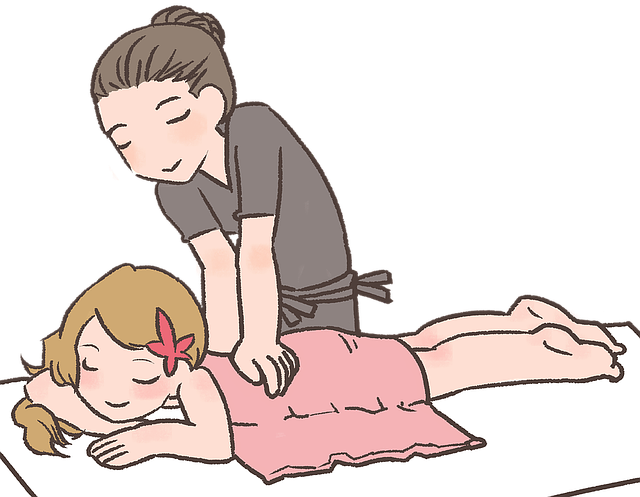
Slouching and rounded shoulders are common postural issues that can have a significant impact on an individual’s overall health and well-being. Understanding the causes and effects of these poor posture habits is essential in addressing them effectively. Slouching, characterized by a forward leaning of the upper body, often results from various factors such as prolonged sitting, incorrect lifting techniques, or even emotional stress. Similarly, rounded shoulders involve a curling of the upper back and neck, frequently caused by muscle imbalances, repetitive movements, or past injuries.
These postural issues can lead to a range of discomforts and health problems. For instance, slouching places unnecessary strain on the spine, muscles, and joints, contributing to chronic pain, reduced flexibility, and an increased risk of developing spinal conditions over time. Rounded shoulders may cause neck tension, headaches, and difficulty breathing, as well as put extra pressure on the upper back and arms. Fortunately, corrective chiropractic care offers a natural approach to addressing these postural issues, especially after accidents or injuries have contributed to their development.
Role of Corrective Chiropractic in Postural Rehabilitation After Accidents

Postural rehabilitation after accidents often involves a holistic approach, and one effective method gaining traction is corrective chiropractic care. Chiropractors specialize in diagnosing and treating musculoskeletal disorders, with a particular focus on the spine and its impact on overall body alignment. In the context of accidents, where trauma can lead to slouching or rounded shoulders, corrective chiropractic plays a crucial role in realigning the spine and restoring proper posture.
Through various techniques, including manual adjustments and personalized exercises, chiropractors help alleviate muscle tension and improve joint mobility. This not only addresses the immediate symptoms of poor posture but also prevents long-term complications that can arise from prolonged slouching. Corrective chiropractic for postural issues after accidents is a game-changer in rehabilitation, ensuring individuals regain their natural alignment, enhance their quality of life, and reduce the risk of future injuries related to poor posture.
Tips for Maintaining Good Posture and Preventing Future Issues

Maintaining good posture is essential for overall health and can prevent future issues related to rounded shoulders and slouching. One effective approach is regular exercise, focusing on strengthening core muscles and those around the shoulders and back. Yoga and Pilates are excellent choices as they promote awareness of body alignment and flexibility.
Additionally, consider consulting a corrective chiropractic specialist after any accidents or injuries, as they can provide personalized guidance and treatment to address postural issues. Ergonomics also play a significant role; ensure your workspace and home environment support good posture through the use of adjustable desks, supportive chairs, and proper laptop positioning. Regular breaks and stretching can help combat prolonged periods of poor posture.
Slouching and rounded shoulders are common postural issues that can lead to discomfort, headaches, and long-term health problems. Understanding the causes and effects is the first step towards improvement. Corrective Chiropractic offers a natural approach to postural rehabilitation, addressing these issues after accidents for better overall well-being. By incorporating simple tips for maintaining good posture, individuals can prevent future problems and reduce reliance on corrective treatments. For those seeking relief from postural issues, exploring corrective chiropractic care is a proactive step towards a healthier, more balanced lifestyle.
